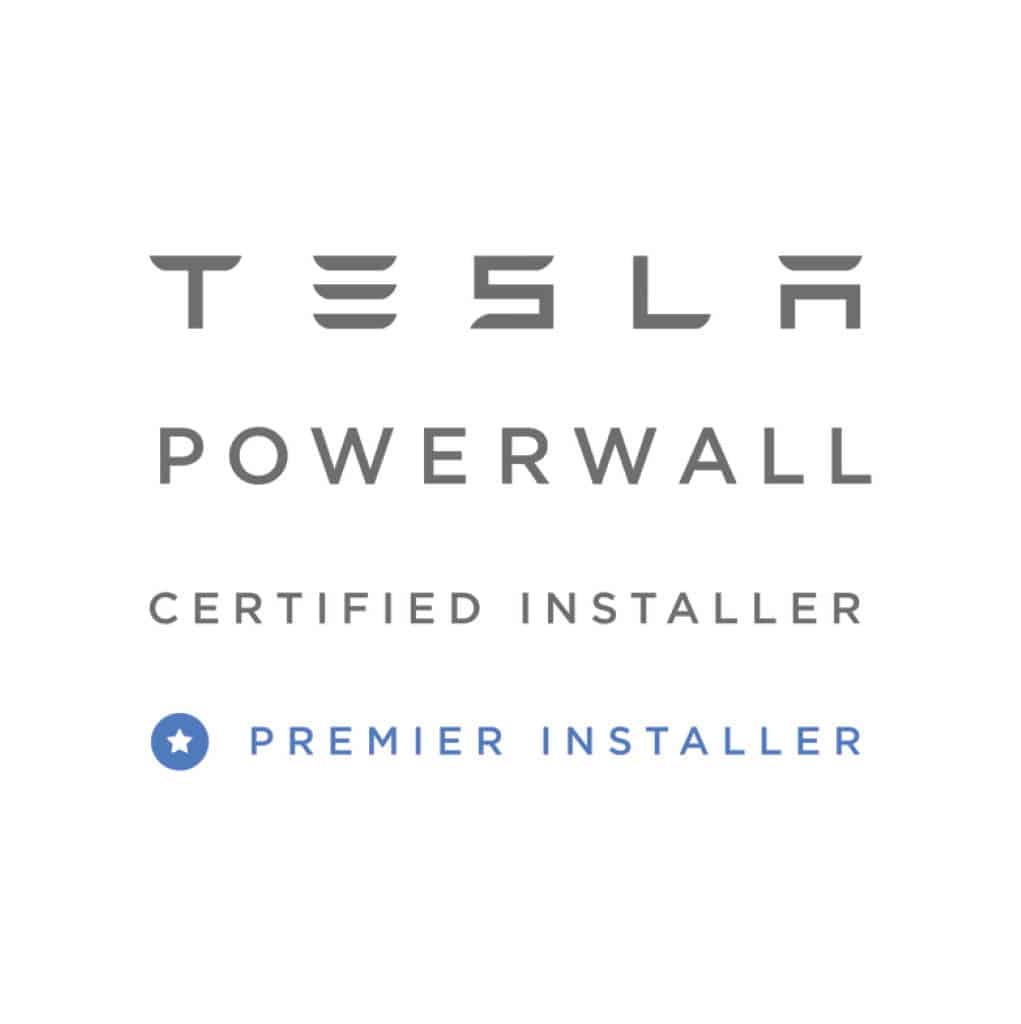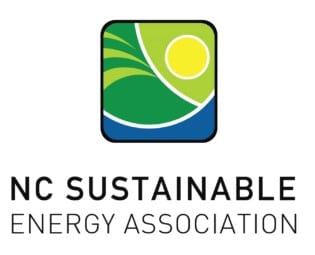Understanding average household electricity consumption is fundamental as we move toward more sustainable energy solutions. Having a clear picture of your home’s energy use can help you make informed decisions about adopting renewable energy and reducing electricity costs.
Household energy consumption is influenced by several factors. The habits and routines of residents, the number of occupants, home size and design, geographical location, local climate, and the efficiency of appliances and systems all play a role in determining overall power usage. For example, homes in colder climates may require more energy for heating, while those in warmer regions may consume more electricity for air conditioning. Homes equipped with energy-efficient appliances and smart energy management systems tend to use less power compared to older, less efficient homes.
On average, households in the United States consume approximately 886 kWh of electricity per month, which translates to a monthly cost of around $121. This figure can vary depending on the factors mentioned above. Understanding these variables allows homeowners to identify opportunities to reduce consumption and manage costs more effectively.
By gaining insights into your home’s typical energy consumption patterns, you can take steps toward energy independence. Whether through simple measures like adjusting daily habits or investing in renewable energy solutions like solar panels and energy storage systems, becoming more aware of your energy use empowers you to make smarter, more sustainable choices for your household.
Table of Contents
- Which Appliances Use the Most Energy
- 2. Electric Water Heaters: 12% of Energy Use
- 3. Lighting: 9-12% of Electricity Consumption
- 4. Refrigerators: 8% of Electricity Use
- 5. Laundry Machines: 5% of Energy Use
- 6. Electric Ovens and Cooktops: 3% of Household Electricity
- 7. Dishwashers: 2% of Electricity Consumption
- 8. TVs and Cable Boxes: 2% of Household Energy Use
- Managing Your Energy Use
- Energy Conservation Tips
- Trying Saving Energy With Solar
Which Appliances Use the Most Energy

1. Heating and Cooling: 45-50% of Household Electricity Use
Heating and cooling systems are by far the largest consumers of electricity in most households. Central air conditioners and furnaces work around the clock to maintain comfortable indoor temperatures, especially during extreme weather. Whether you live in a hot or cold climate, these systems account for a significant share of your energy bill. While cooling demand spikes during summer, heating tends to be the biggest driver of energy consumption, contributing more than 25% of a home’s yearly electricity usage. Efficient thermostat management and routine HVAC maintenance can help reduce these costs.
2. Electric Water Heaters: 12% of Energy Use
Water heating is another major contributor to household energy use, ranking second on the list. If your home relies on an electric water heater, it powers everyday tasks like showers, dishwashing, laundry, and general cleaning. Given the frequency of these activities, it’s no surprise that water heaters account for around 12% of your monthly electricity consumption. To cut down on energy use, consider insulating your water heater, lowering the temperature setting, or upgrading to a more efficient unit.
3. Lighting: 9-12% of Electricity Consumption
Thanks to innovations like LED bulbs, modern lighting is far more energy-efficient than traditional incandescent or CFL bulbs. LEDs use significantly less electricity and have longer lifespans, helping to reduce both waste and operating costs. Despite these advancements, lighting still accounts for up to 12% of household electricity use, mainly because of frequent use in high-traffic areas like kitchens, living rooms, and bathrooms. Switching to smart lighting systems and using motion sensors can further reduce energy consumption.
4. Refrigerators: 8% of Electricity Use
Unlike other appliances that cycle on and off, refrigerators run 24/7, making them a constant source of energy consumption. While modern refrigerators are more efficient than older models, they still consume around 8% of a home’s total electricity. Regular maintenance, like cleaning coils and ensuring the door seals are airtight, can improve efficiency and lower energy usage over time.
5. Laundry Machines: 5% of Energy Use
Your washer and dryer are another significant source of energy consumption, especially if you wash clothes with hot water or frequently use the dryer. These appliances account for about 5% of annual electricity use, though energy consumption varies depending on usage habits. Opting for cold-water cycles, air-drying clothes, and upgrading to Energy Star-rated appliances can help reduce electricity use from laundry activities.
6. Electric Ovens and Cooktops: 3% of Household Electricity
Cooking with electric ovens and cooktops can be energy-intensive, especially if you cook frequently or use high heat. On average, these appliances account for about 3% of a household’s monthly electricity consumption. Using smaller appliances like air fryers, toaster ovens, or microwaves for quick meals can reduce the energy spent on cooking.
7. Dishwashers: 2% of Electricity Consumption
While dishwashers have become more energy-efficient over time, they still contribute around 2% of household electricity use. Running the dishwasher only when it’s fully loaded and selecting energy-saving cycles can reduce both water and electricity consumption.
8. TVs and Cable Boxes: 2% of Household Energy Use
Modern TVs, streaming devices, and cable boxes are relatively energy-efficient, but they often remain in standby mode even when turned off. This phantom energy consumption can add up, accounting for about 2% of monthly electricity use. Using smart power strips to cut off power when devices aren’t in use is an effective way to minimize this standby drain.
Managing Your Energy Use
Understanding how different appliances contribute to your electricity consumption can help you take steps toward more efficient energy use. Whether it’s investing in energy-efficient upgrades, adjusting your usage habits, or incorporating renewable energy solutions like solar panels, small changes can impact your energy savings over time.

Energy Conservation Tips
With the ever-increasing cost of living and electricity bills, here are suggestions to help you save on energy:
1. Smart Appliances Can Significantly Reduce Electricity Usage
Invest in smart appliances to monitor and manage your electricity usage efficiently. These intelligent devices can automatically shut off your appliances when they’re not in use, helping you save a considerable amount of electricity. If you’re looking to reduce your electricity bills without the hassle of manually turning off each appliance, consider smart outlets and appliances, such as thermostats, that take care of monitoring your energy consumption for you.
2. Use Major Appliances When Electricity Demand is Low
Save on your electricity bill by running heavy-duty appliances like dishwashers and laundry machines during times when fewer people are using electricity. The cost of electricity varies throughout the day, increasing when demand is high, typically in the mid-evening when households are busy with activities like cooking and watching TV. To cut costs, consider using these appliances late at night or during the day, avoiding peak hours, to take advantage of lower electricity rates.
3. Leverage Timers and Energy-Saving Features on Your Appliances
Utilize the timers and energy-saving functions built into your appliances, such as computers, TVs, air conditioners, and heaters, to reduce your energy costs. For instance, ensure your heating and cooling systems are active only when you’re at home to avoid unnecessary energy use. If you tend to fall asleep while watching TV or forget to turn it off, setting a timer can ensure it turns off automatically. Additionally, consider putting your TV and computer on energy-saving mode at night to dim the backlight, further conserving energy.
4. Get an Energy Audit to Boost Efficiency
A well-insulated home significantly reduces heating and cooling expenses by ensuring your appliances aren’t overworked. Many states offer complimentary energy audits, where experts assess your home’s efficiency and pinpoint opportunities for improvement, potentially leading to substantial savings. If such a program exists in your area, it’s wise to utilize it. Proper insulation can drastically cut costs associated with temperature regulation. However, if professional services aren’t available, consider conducting a DIY energy audit using available checklists to discover ways to enhance your home’s energy efficiency.
5. Opt for ENERGY STAR-Rated Appliances
The U.S. Environmental Protection Agency initiated the ENERGY STAR program in 1992, making it easier for consumers to gauge the electricity usage of their appliances. Appliances with the ENERGY STAR rating are among the most efficient available, often featuring a higher initial price but providing long-term savings by lowering your electricity bills. When shopping for new appliances, prioritizing ENERGY STAR-rated options can be a smart financial and environmental decision.
6. Embrace Clean Energy Solutions Like Community Solar
As clean energy becomes more accessible and affordable, consider exploring options like solar panels if your roof is suitable. Installing solar panels can potentially reduce your monthly electricity expenses to zero and allow you to earn money by selling surplus energy back to the grid. However, if installing solar panels isn’t feasible due to your roof’s condition or the initial costs, community solar presents a viable alternative. Look into community solar programs like Solarize the Triangle within your area; this model enables you to subscribe to a local solar farm, which in turn lowers your monthly utility bills through credits. Community solar not only reduces your expenses but also supports local employment and decreases environmental pollution.
Trying Saving Energy With Solar
By now, you should have a clearer understanding of typical household energy consumption, averaging around 800 to 1,000 kWh monthly. Switching to energy-efficient devices and considering renewable energy solutions like solar generators can help you save on energy and costs.
If you are hoping to save money on your energy bills call a qualified North Carolina Solar Installer like 8MSolar to help reduce energy consumption costs and achieve sustainability for your household. Give us a call today!









